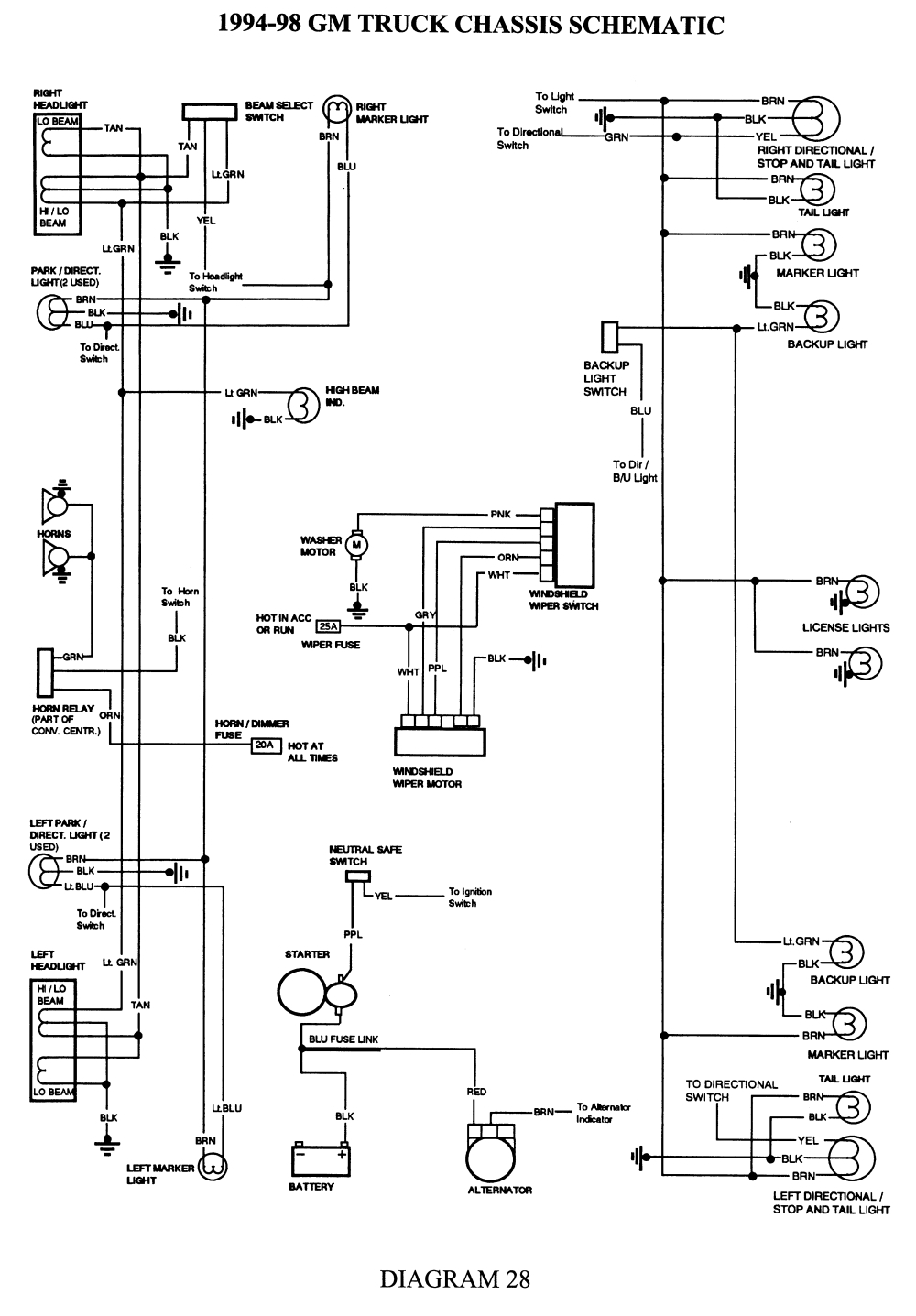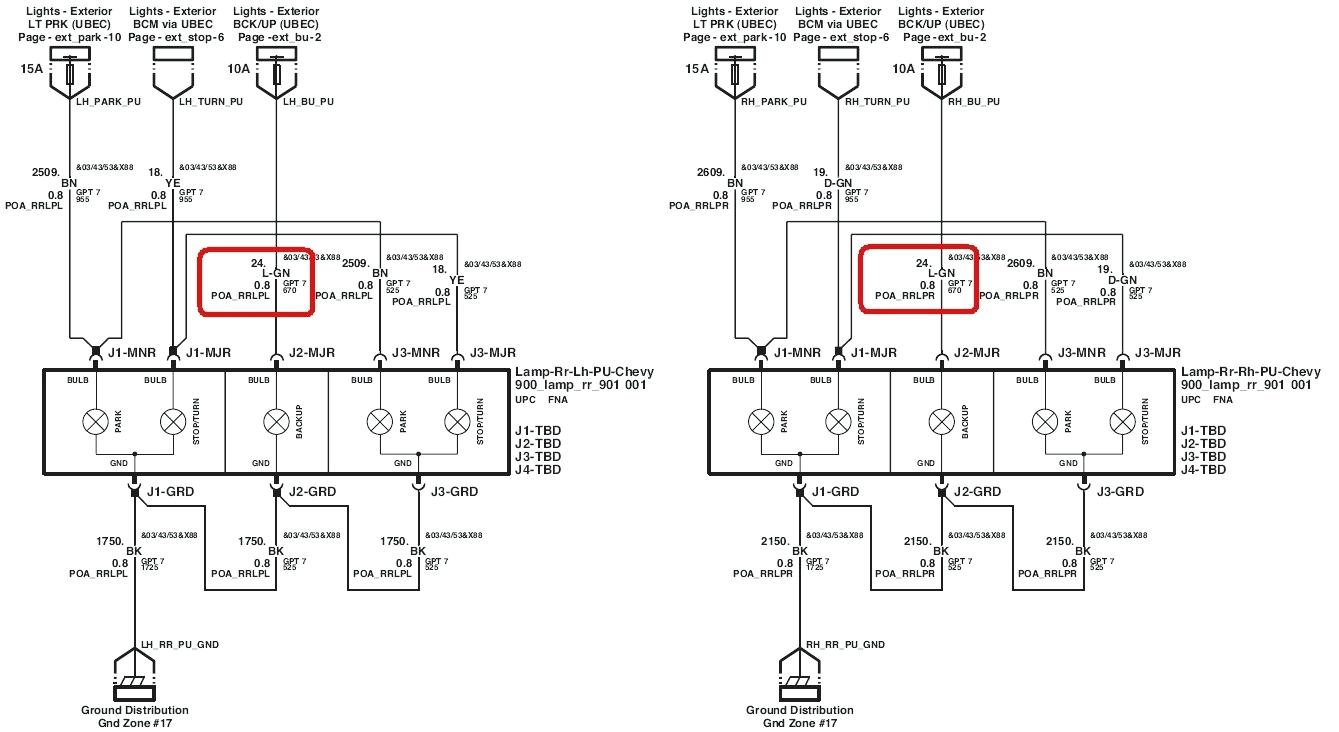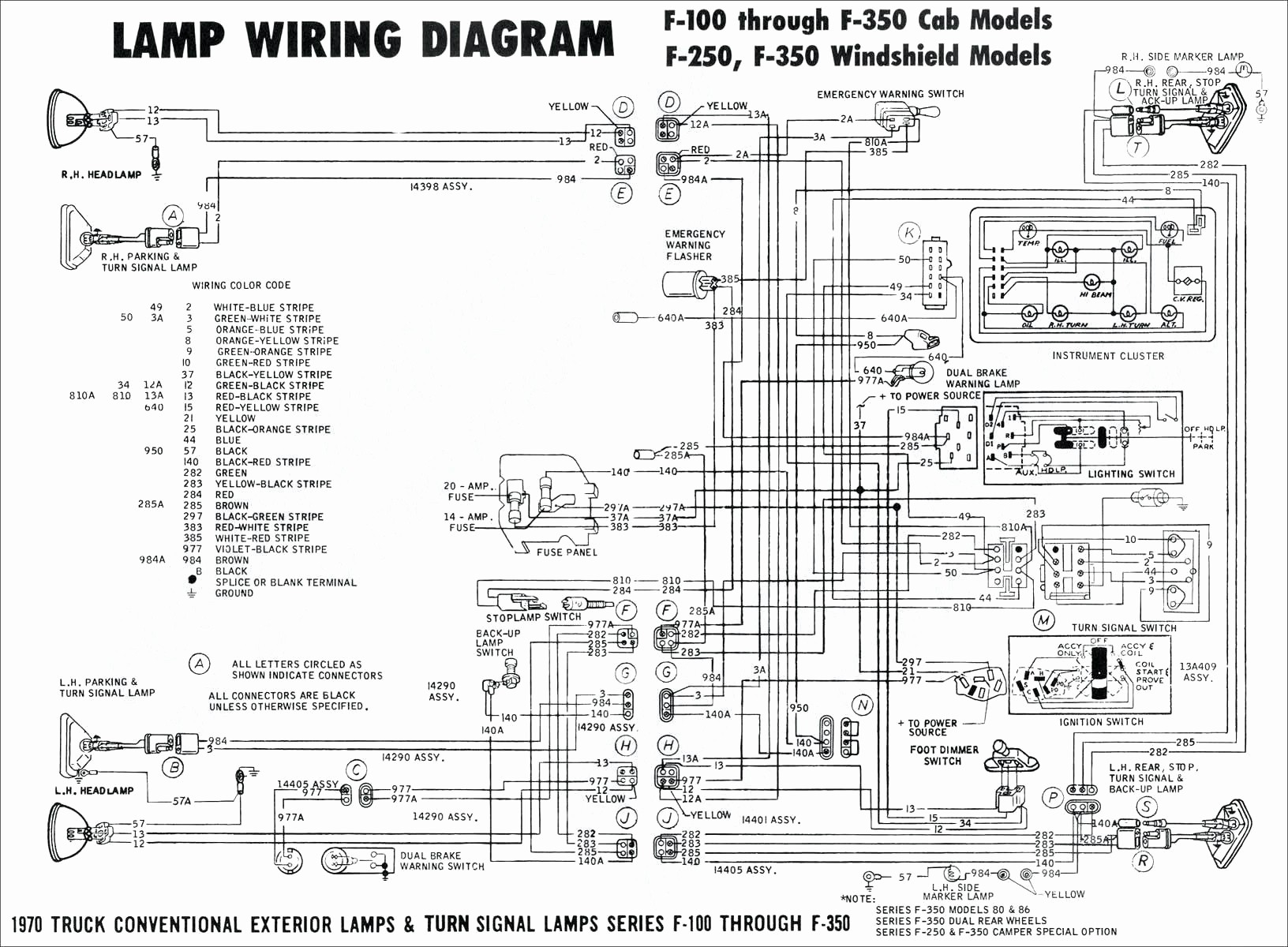chevy silverado tail light wiring diagram – What is a Wiring Diagram? A wiring diagram is a straightforward visual representation in the physical connections and physical layout of your electrical system or circuit. It shows the way the electrical wires are interconnected which enable it to also show where fixtures and components may be attached to the system.
When and How to Use a Wiring Diagram
Use wiring diagrams to help in building or manufacturing the circuit or electronic device. They are also ideal for making repairs. DIY enthusiasts use wiring diagrams but you are also common home based building and auto repair.For example, your house builder may wish to read the physical location of electrical outlets and lightweight fixtures by using a wiring diagram to prevent costly mistakes and building code violations.
chevy silverado tail light wiring diagram

Wiring Diagram Images Detail:
- Name: chevy silverado tail light wiring diagram – gmc sierra tail light wiring diagram Awesome 1995 Chevy Silverado Wiring Diagram 20 In 6
- File Type: JPG
- Source: musclehorsepower.info
- Size: 302.60 KB
- Dimension: 1000 x 1437

Wiring Diagram Pictures Detail:
- Name: chevy silverado tail light wiring diagram – Fig
- File Type: JPG
- Source: autozone.com
- Size: 412.90 KB
- Dimension: 1000 x 1393

Wiring Diagram Images Detail:
- Name: chevy silverado tail light wiring diagram – Gm Trailer Wiring Diagram Tail Best Right Directional Marker Instrument Connector Speed Sensor 2013 Silverado Harness
- File Type: JPG
- Source: sbrowne.me
- Size: 210.48 KB
- Dimension: 1339 x 732

Wiring Diagram Sheets Detail:
- Name: chevy silverado tail light wiring diagram – Chevy Express Tail Light Wiring Diagram Best Repair Guides Lighting Systems 2000
- File Type: JPG
- Source: kmestc.com
- Size: 221.06 KB
- Dimension: 924 x 757

Wiring Diagram Sheets Detail:
- Name: chevy silverado tail light wiring diagram – Brake Light Wiring Diagram Chevy Manual New Tail Light Wiring Diagram 1995 Chevy Truck Fresh 1984 Ford Truck
- File Type: JPG
- Source: gidn.co
- Size: 633.09 KB
- Dimension: 1632 x 1200

Wiring Diagram Images Detail:
- Name: chevy silverado tail light wiring diagram – 2007 chevy silverado fuse box diagram wire diagram speaker wiring 2012 equinox 2007 chevy silverado fuse
- File Type: JPG
- Source: svpack.co
- Size: 199.10 KB
- Dimension: 1000 x 1294
Essential Tips for Safe Electrical Repairs
Repairing electrical wiring, more than every other household project is all about safety. Install an outlet properly and it's really as safe as they can be; set it up improperly and potentially deadly. That's why there are plenty of rules surrounding electrical wiring and installations. The rules might be complicated, for certain, and quite often confusing, even for master electricians, but there are basic concepts and practices that connect with virtually every electrical wiring project, specially the kind that DIYers are capable of tackle.
Here's a look at five of the most important rules that will help keep you safe when generating electrical repairs.
1. Test for Power
The best way to prevent electrical shock is to ALWAYS test wires and devices for power before working on them or near them. Simply shutting over power isn't good enough.
Further, it is not uncommon for circuit breaker boxes to become mislabeled, specifically if the electrical service continues to be extended or adapted over the years. The circuit breaker label may not accurately describe what are the circuit breaker actually controls.
Always test for power before implementing any circuit wires.
2. Check Amperage Ratings
All electrical wiring and devices come with an amperage, or amp, rating. This is the maximum level of electrical current they can safely carry. Most standard household circuits are rated for 15 amps or 20 amps, while large-appliance circuits (including for electric dryers and ranges) might be rated for 30, 40, 50 amps, or maybe more.
When installing or replacing wiring or devices, each of the parts you have should have the appropriate amperage rating for your circuit. For example, a 20-amp circuit will need to have 12-gauge wiring, which is rated for 20 amps. If you install 14-gauge, 15-amp wiring on that circuit, you create a fire hazard because the 20-amp circuit breaker protecting that circuit may well not shut off ahead of the 15-amp wiring overheats.
When replacing a switch, permanent fixture, or outlet receptacle, be sure to never purchase a device that is rated for further amperage than the circuit carries. This is especially important when replacing receptacles. A receptacle rated for 20-amps features a unique prong shape in which among the vertical slots carries a T shape. This shape allows 20-amp appliances, that have a matching T-shaped prong, to become inserted. Installing this kind of receptacle on a 15-amp circuit makes it possible to possibly overload the circuit in case you plug this kind of 20-amp appliance with it.
Note, however, that there's no danger to installing 15-amp receptacles in 20-amp circuits since it is perfectly fine each time a plug-in device draws less power compared to the circuit amperage. In fact, it is extremely normal for 20-amp general-use circuits being wired with 15-amp receptacles.
3. Make Tight Wiring Connections
Electricity travels along conductors, such as wires as well as the metal contacts of outlets and sockets. Tight connections between conductors create smooth transitions from conductor to an alternative. But loose connections behave like speed bumps, restricting the flow and creating friction and heat. Very loose connections can result in arcing, in which electricity jumps from the air from conductor to a new, creating tremendous heat.
Prevent fire hazards by making sure all wiring connections are tight and still have full contact from the conductors being joined. When splicing wires together, always employ approved wire connectors ("wire nuts").
Outlet receptacles and switches in many cases are manufactured with push-fit wire connection slots for the back, combined with traditional screw-terminal connections around the sides in the device. These push-fit connections are notorious for loosening or failing, so professional electricians almost unanimously avoid them in favor of making very tight and secure screw terminal connections.
4. Respect Grounding and Polarization
Grounding and polarization are essential to the safety of modern electrical systems. Grounding gives a safe path for stray electrical current the effect of a fault or any other overuse injury in a circuit. Polarization makes sure that electrical current travels from your source along "hot" wires and returns for the source along neutral wires.
Always follow manufacturer's wiring diagrams when replacing a fixture, and understand—and use—your home's grounding system to make certain grounding and polarization remain intact.
There are a variety of solutions to test for grounding and polarization. A simple plug-in circuit analyzer tool, available for a few bucks, could make it possible to routinely check outlets to make certain they are wired correctly.
5. Box It, Clamp It
The National Electrical Code (NEC) requires that all wiring connections be produced within an appropriate enclosure. In most cases, this implies an electric box. Enclosures not just protect the connections—and protect people from accidental contact with those connections—they provide method for securing conductors (like electrical cables) and devices.
The rule this is simple: do not be lazy. If you need to come up with a wiring splice, put in a junction box and secure the cables on the box with cable clamps. Never leave a splice or another connection exposed or unsecured.
Source: https://faceitsalon.com/chevy-silverado-tail-light-wiring-diagram/
Posted by: rowenawhapt1951esz.blogspot.com